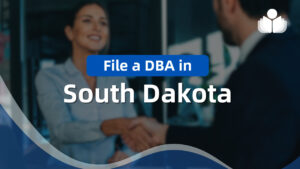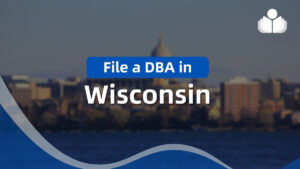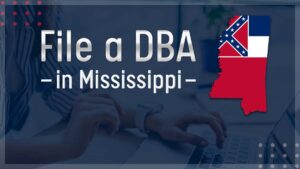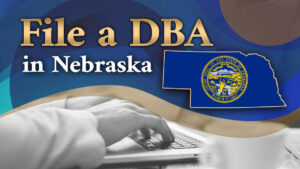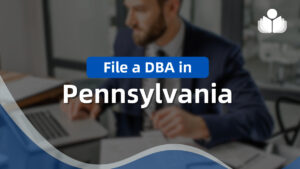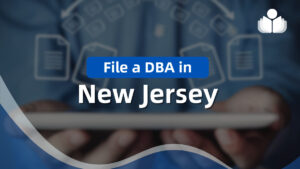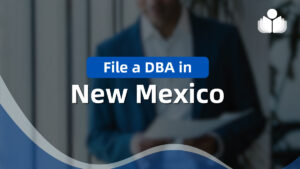 It’s ironic that a word like “transparency” can have several confusing meanings, even in a business context. While transparency as a concept is often most visible in the realm of social responsibility and compliance, its real benefit is when it’s seen as a business priority.
It’s ironic that a word like “transparency” can have several confusing meanings, even in a business context. While transparency as a concept is often most visible in the realm of social responsibility and compliance, its real benefit is when it’s seen as a business priority.
Transparency is about information. It is about the ability of the receiver to have full access to the information he wants, not just the information the sender is willing to provide. Transparency embodies honesty and open communication because to be transparent someone must be willing to share information when it is uncomfortable to do so. Transparency is an individual being honest with himself about the actions he is taking. Transparency is also the organization being upfront and visible about the actions it takes, and whether those actions are consistent with its values. What would cause someone act contrary to his or her values? What are the influences and factors inside an organization that cause individuals to veer from actions or decisions that they do not believe are right?
In an organization where there is alignment between their Standards and their Values, there is no fear in raising or disclosing difficult issues. A value of honesty is consistent with the ability to act on one’s concerns, or ask questions. Employees and managers can safely admit mistakes and can openly deal with problems and challenges. There is true open communication. If an engineer raises a concern about product quality, for example, that person is given a chance to be heard and have the issue either resolved. The engineer may not be correct, but there is enough respect that if he or she is wrong, they are given an opportunity to learn why, and the encounter has a positive outcome.
For employees to trust in transparency, they must first feel safe: physically, financially, and emotionally. Undue pressure and fear of losing one’s job make it difficult to take the risk of admitting mistakes or weakness. Employees must feel they have a personal relationship with their leaders to the point where they would feel comfortable having a conversation that involves some risk.
As an example of the strategic importance of transparency, look at the challenges that have plagued Johnson & Johnson in recent years. The manner in which J&J handled the 1982 Tylenol crisis has always been the model of transparency; an organization acting in a manner consistent with its values. J&J immediately pulled the product from the shelves without regard to the cost or public embarrassment, and certainly with no regrets over lost profits. In repeated interviews Jim Burke said that J&J’s Credo made it easy for him and his team to know exactly what to do: J&J’s “first responsibility is to the doctors, nurses, and patients, to the mothers and all the others who use our products and services.”
In stark contrast to how Jim Burke handled the 1982 crisis, McNeil leadership under Colleen Goggins has been described as evasive and not forthcoming. Consultant to over-the-counter drug companies, Donald Riker, was quoted as saying, “At every step in this process J&J has not been transparent. Every bit of information is cagey, secretive, and micromanaged.”
Companies with cultures that are working for them and not against them are ones where transparency is seen as an internal imperative, and not a external disclosure requirement.
—————————————————————————————–
David Gebler is the President of Skout Group, an advisory firm helping global companies use their values to clear the roadblocks to performance. Send your thoughts and feedback to dgebler@skoutgroup.com.
 Sections of this topic
Sections of this topic


